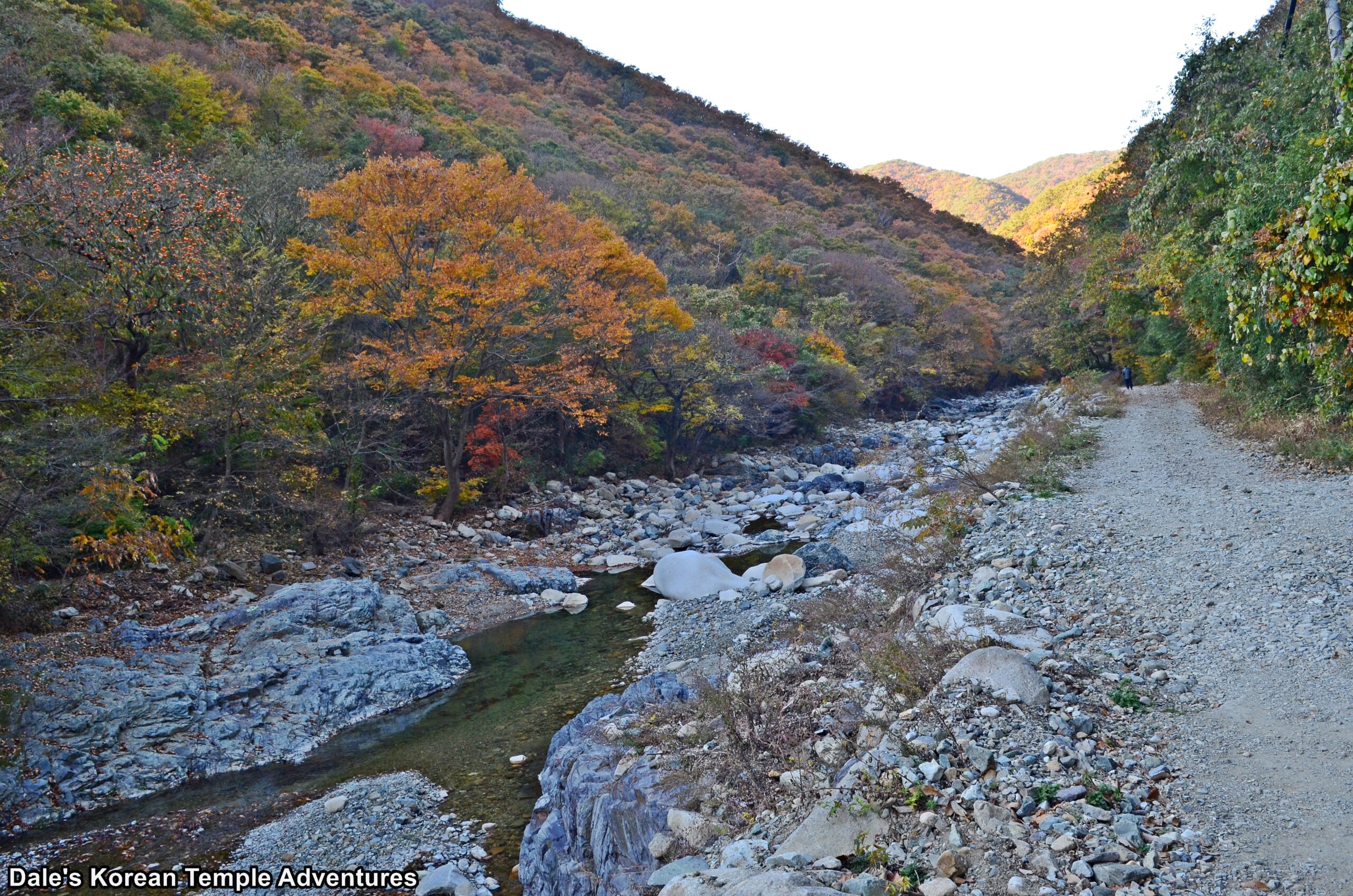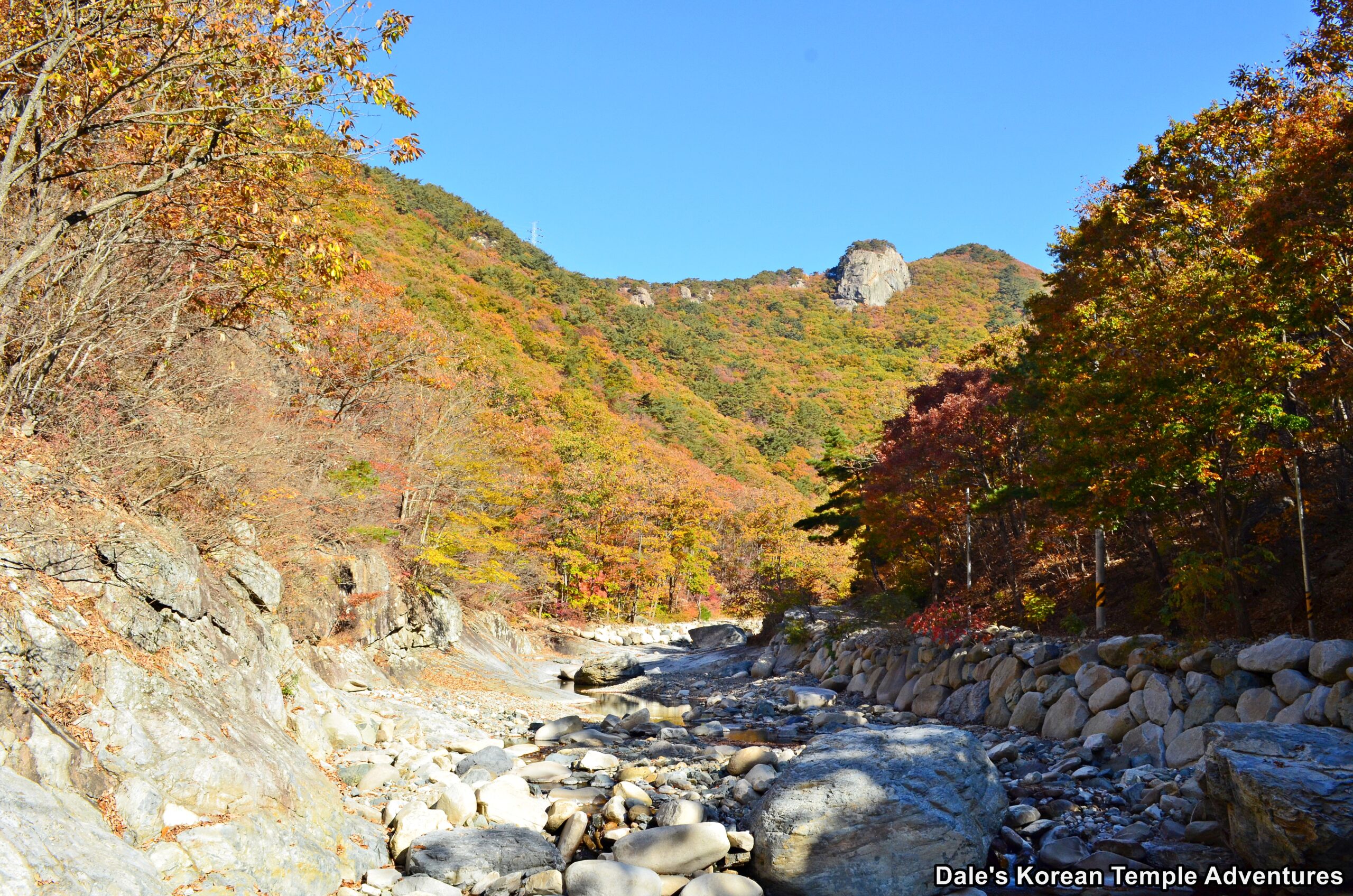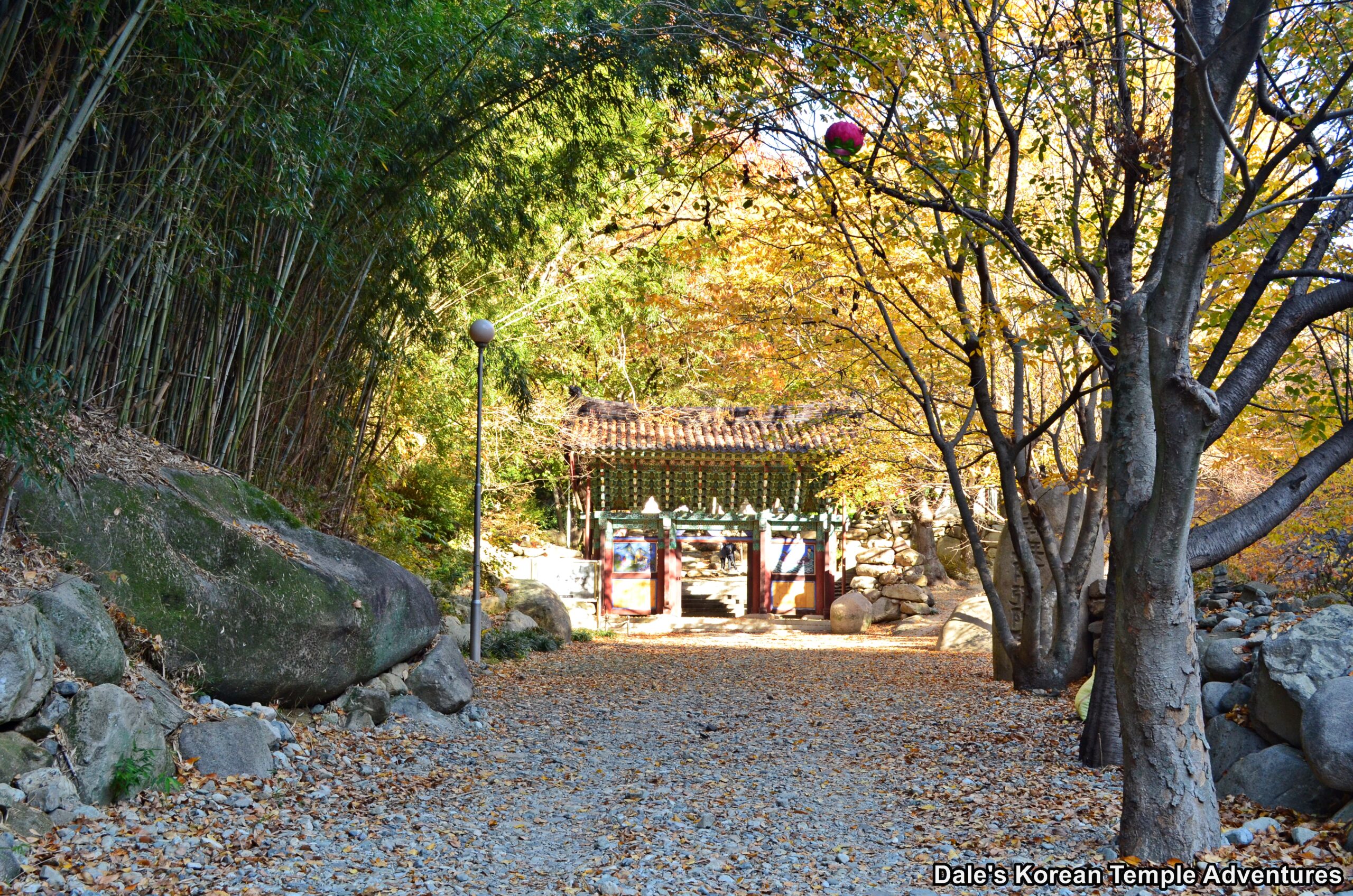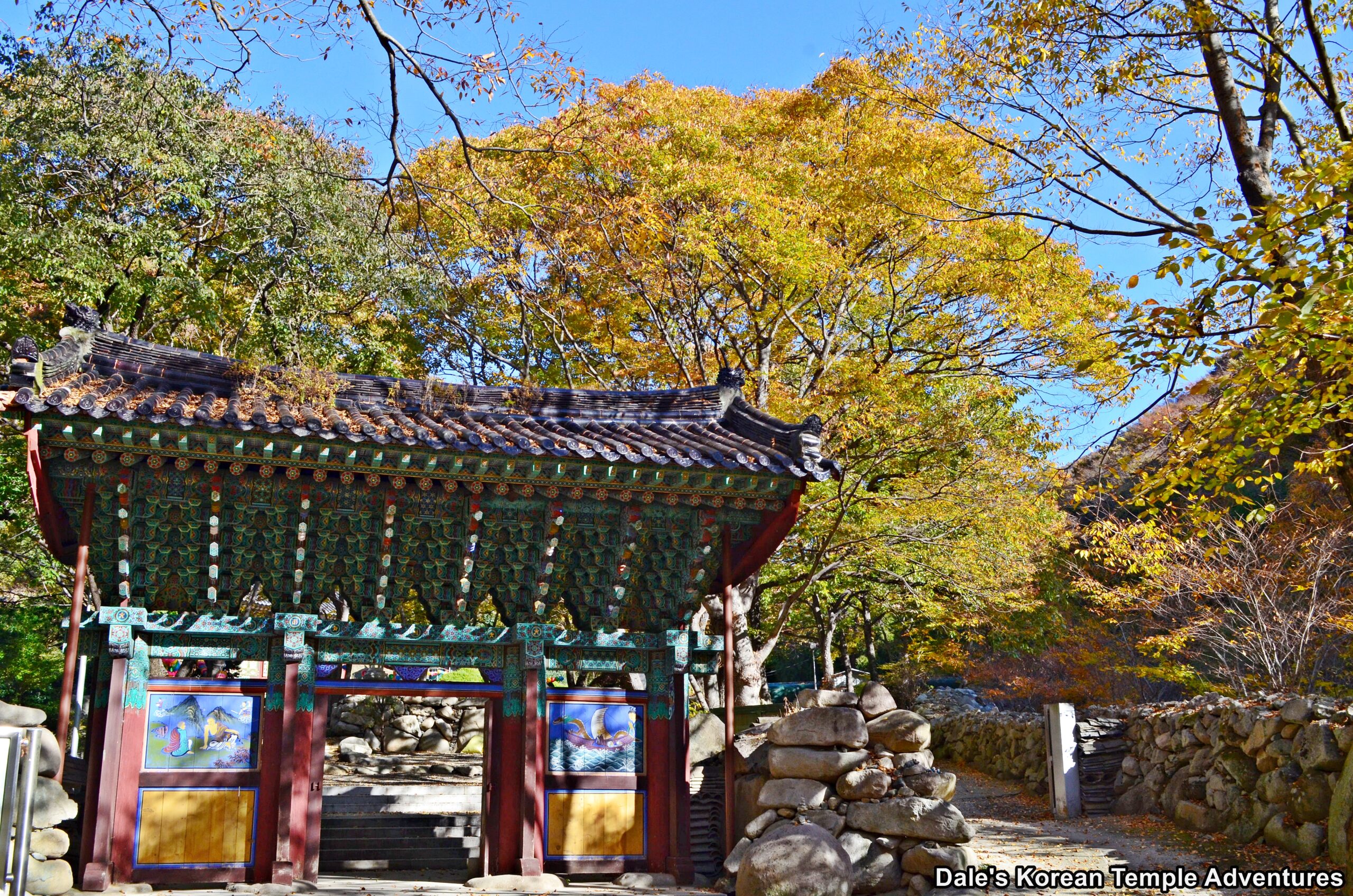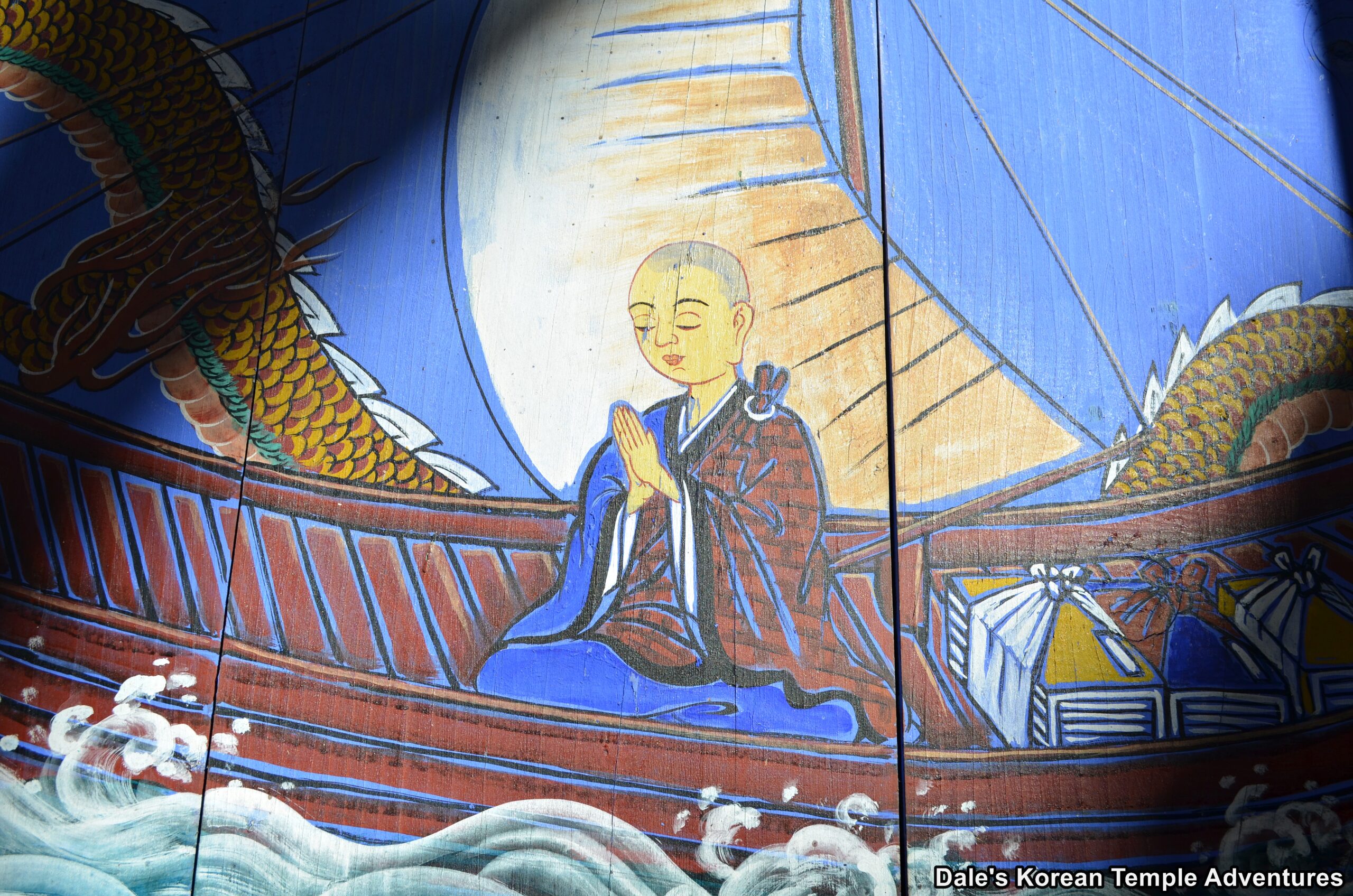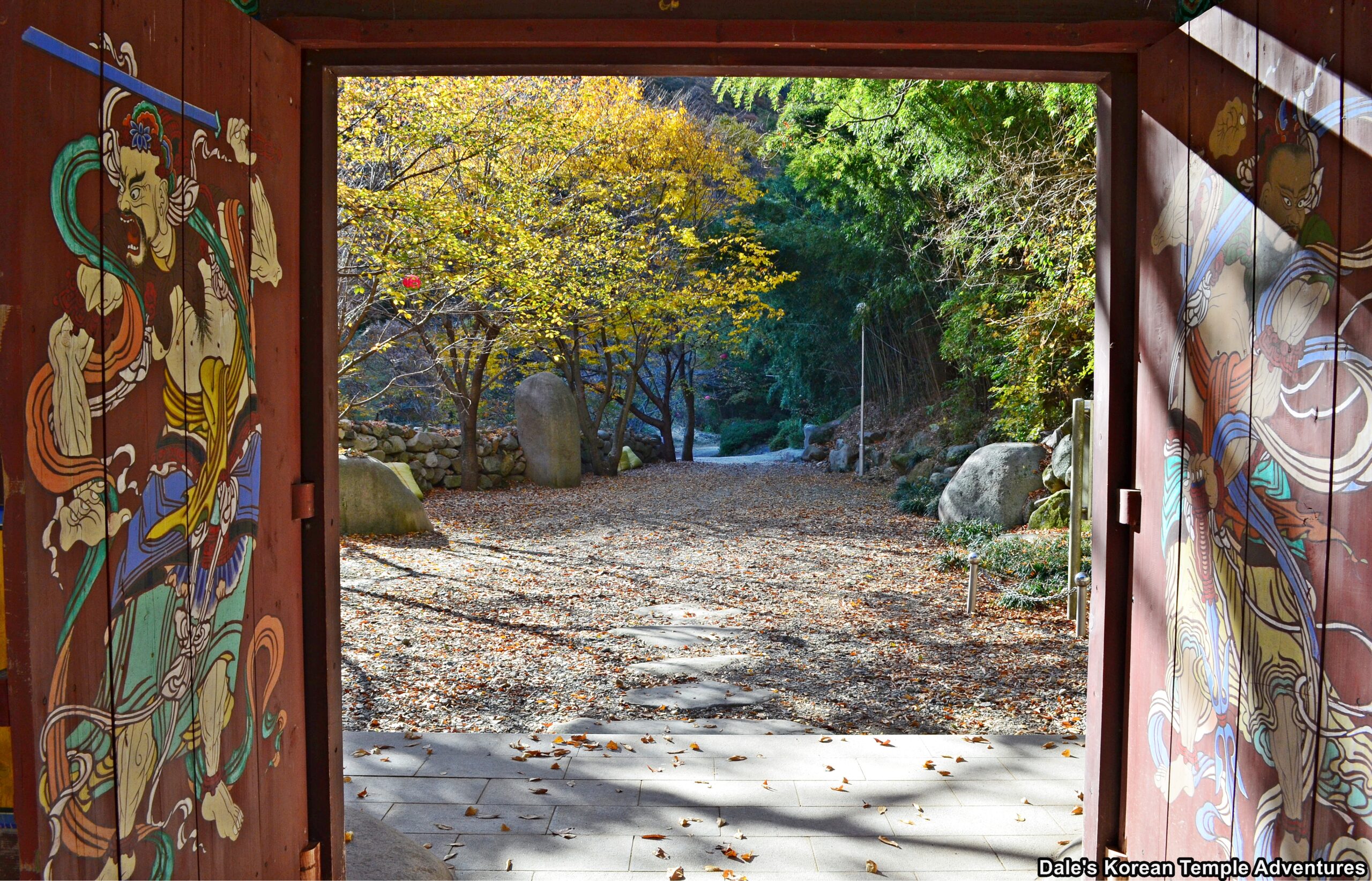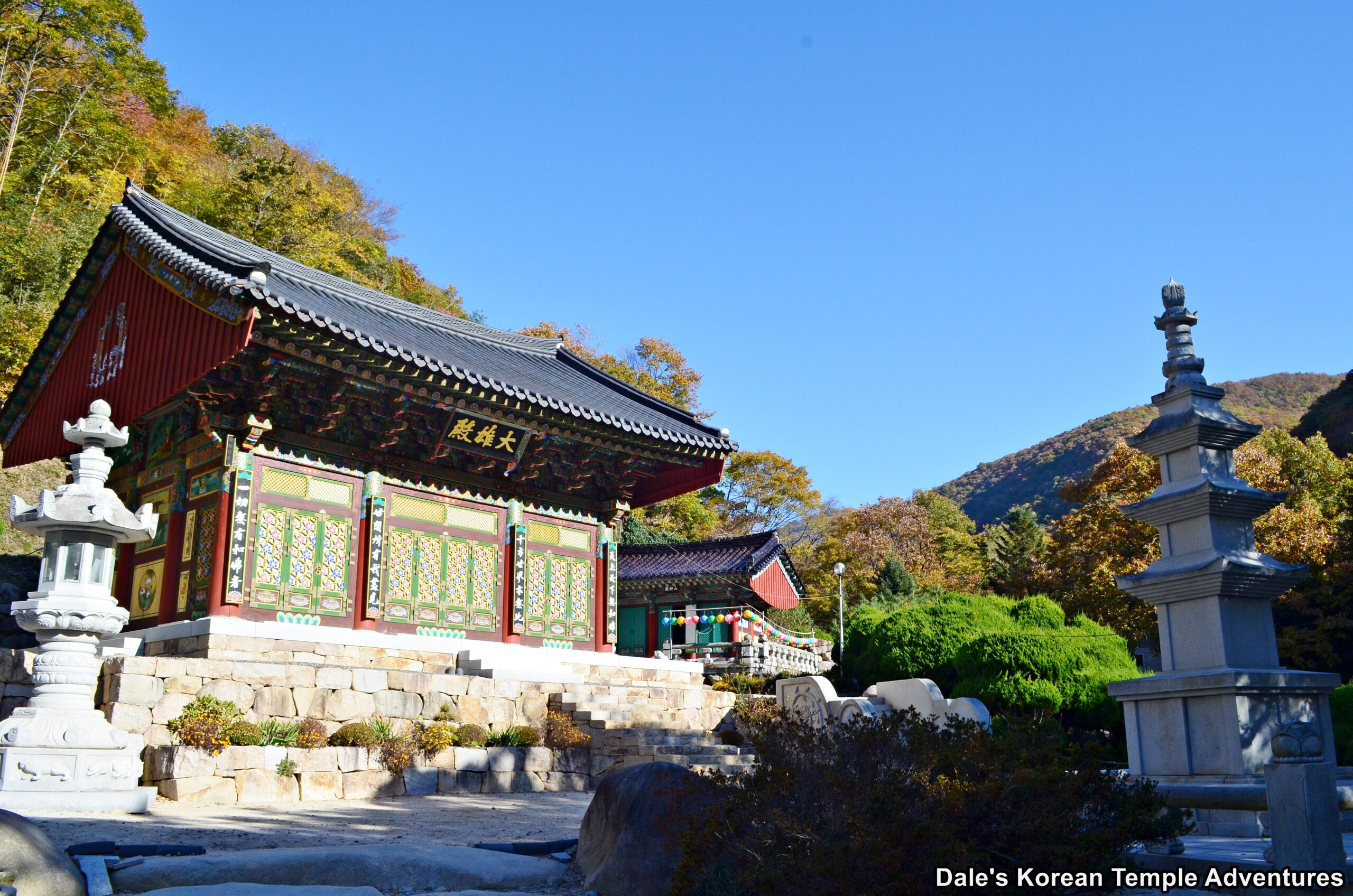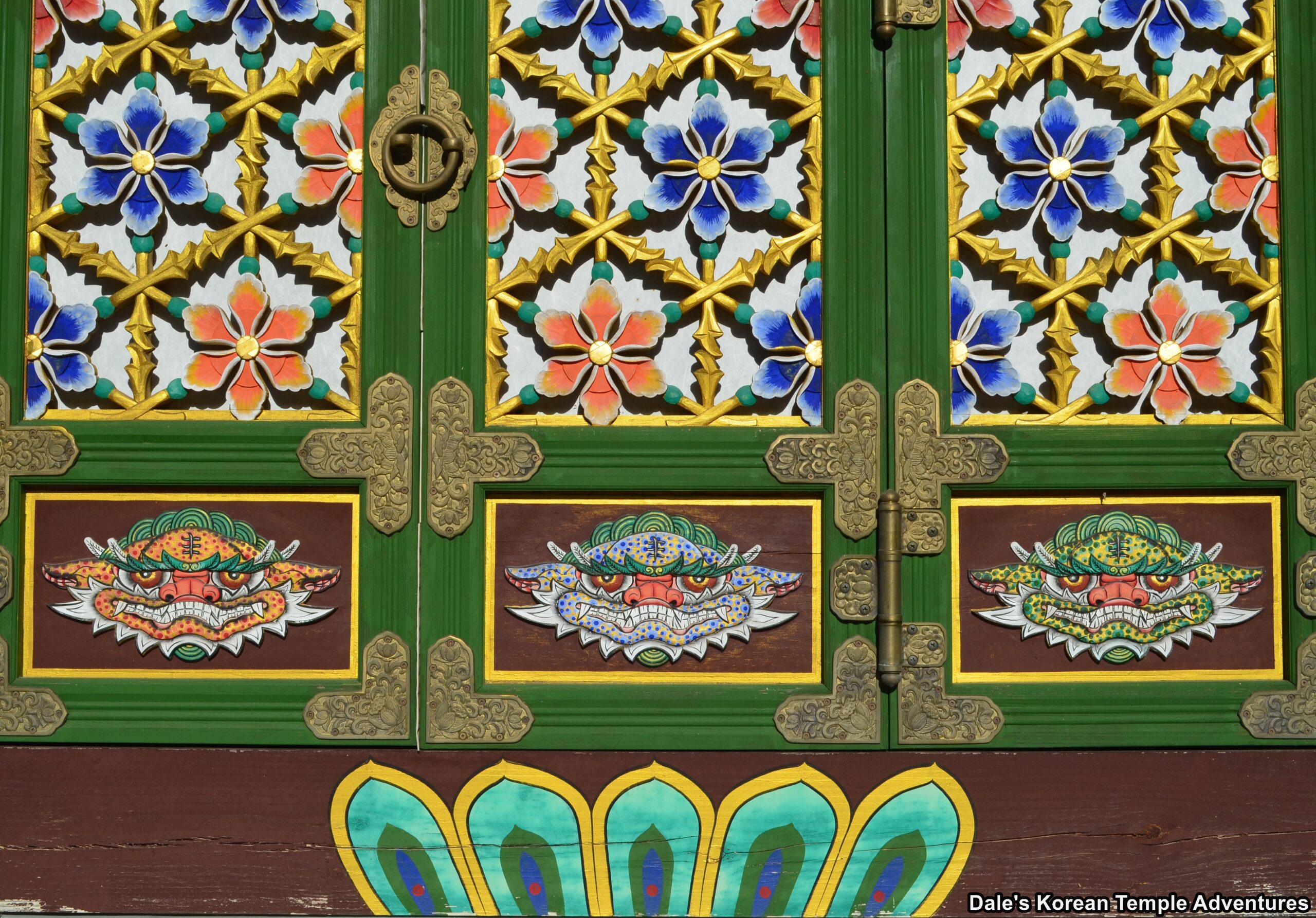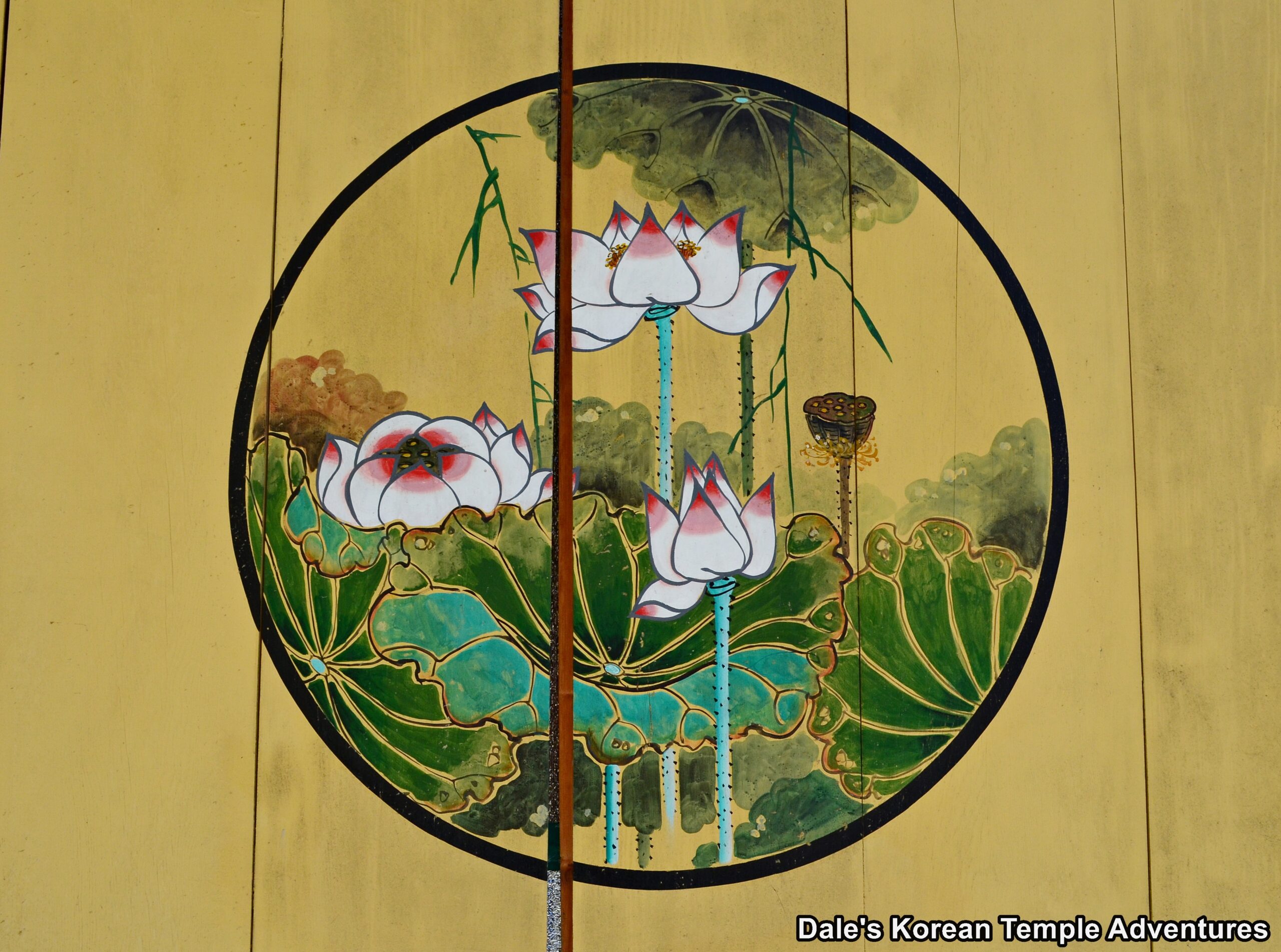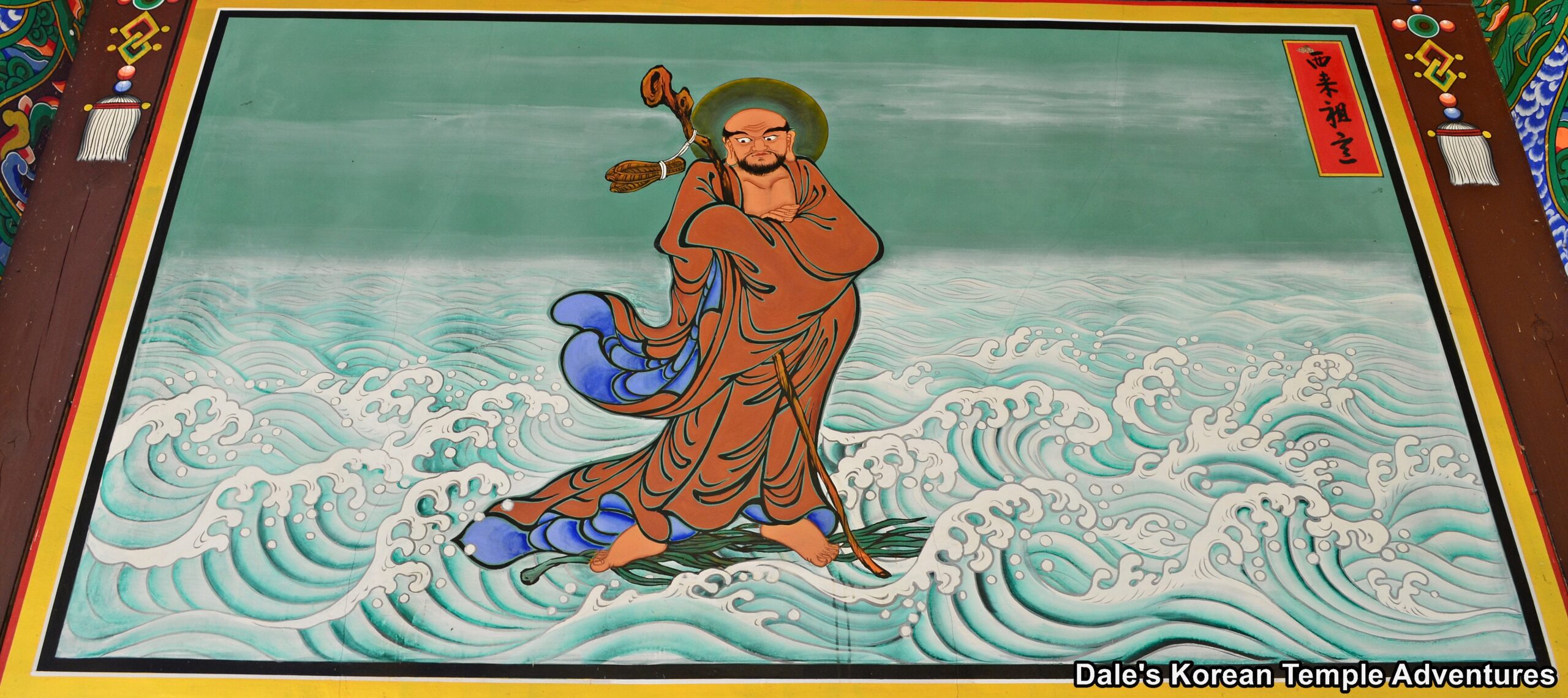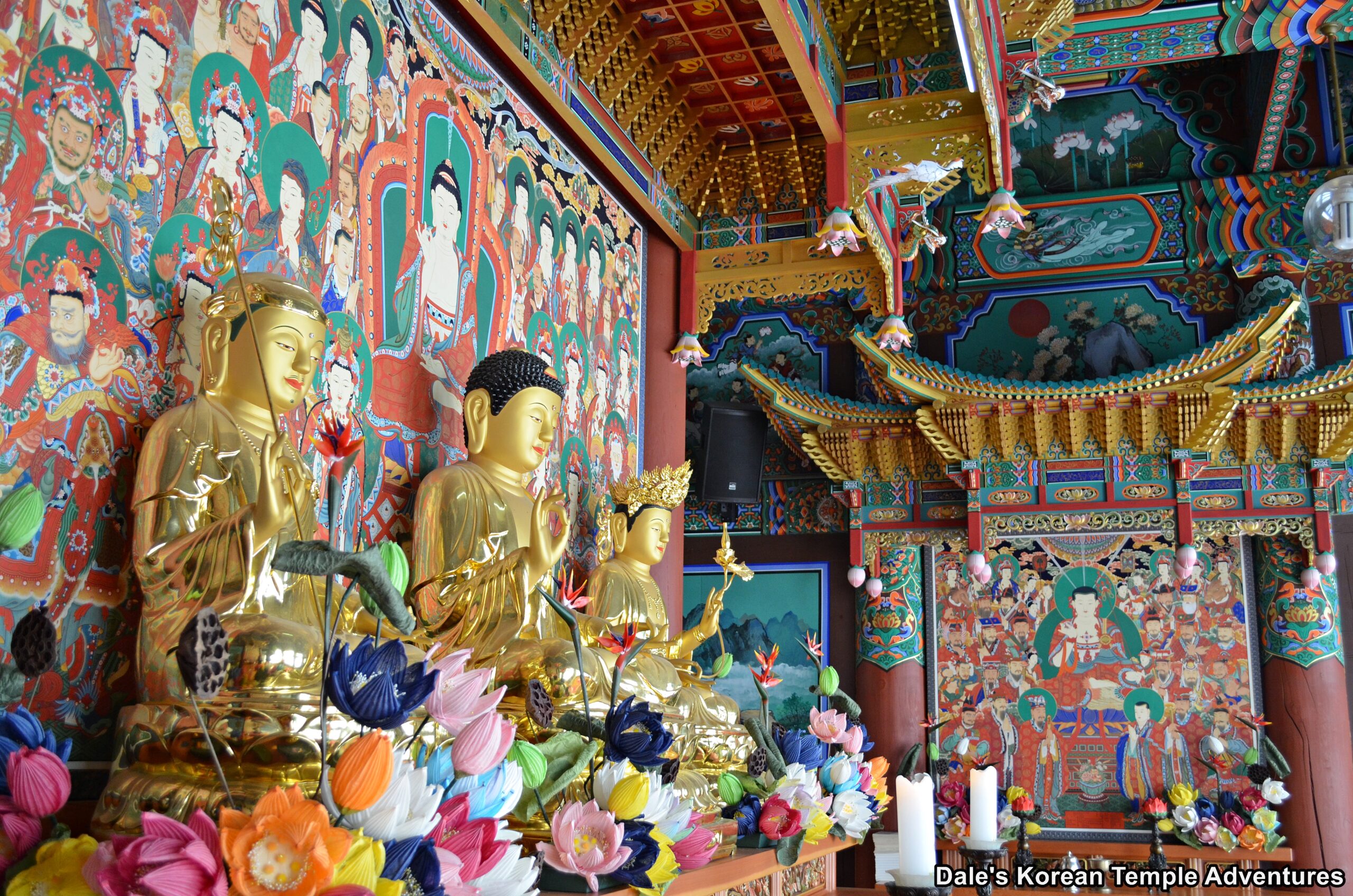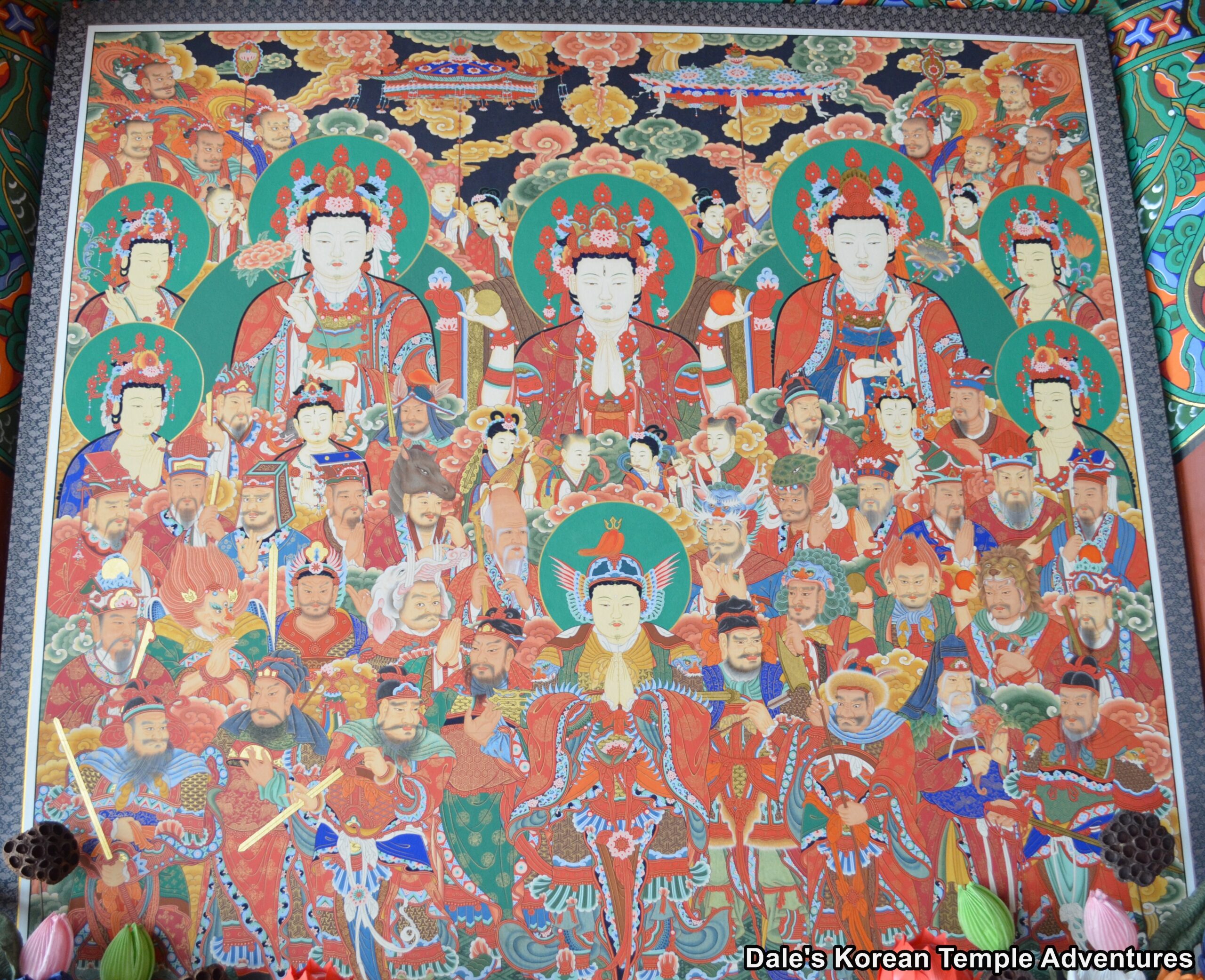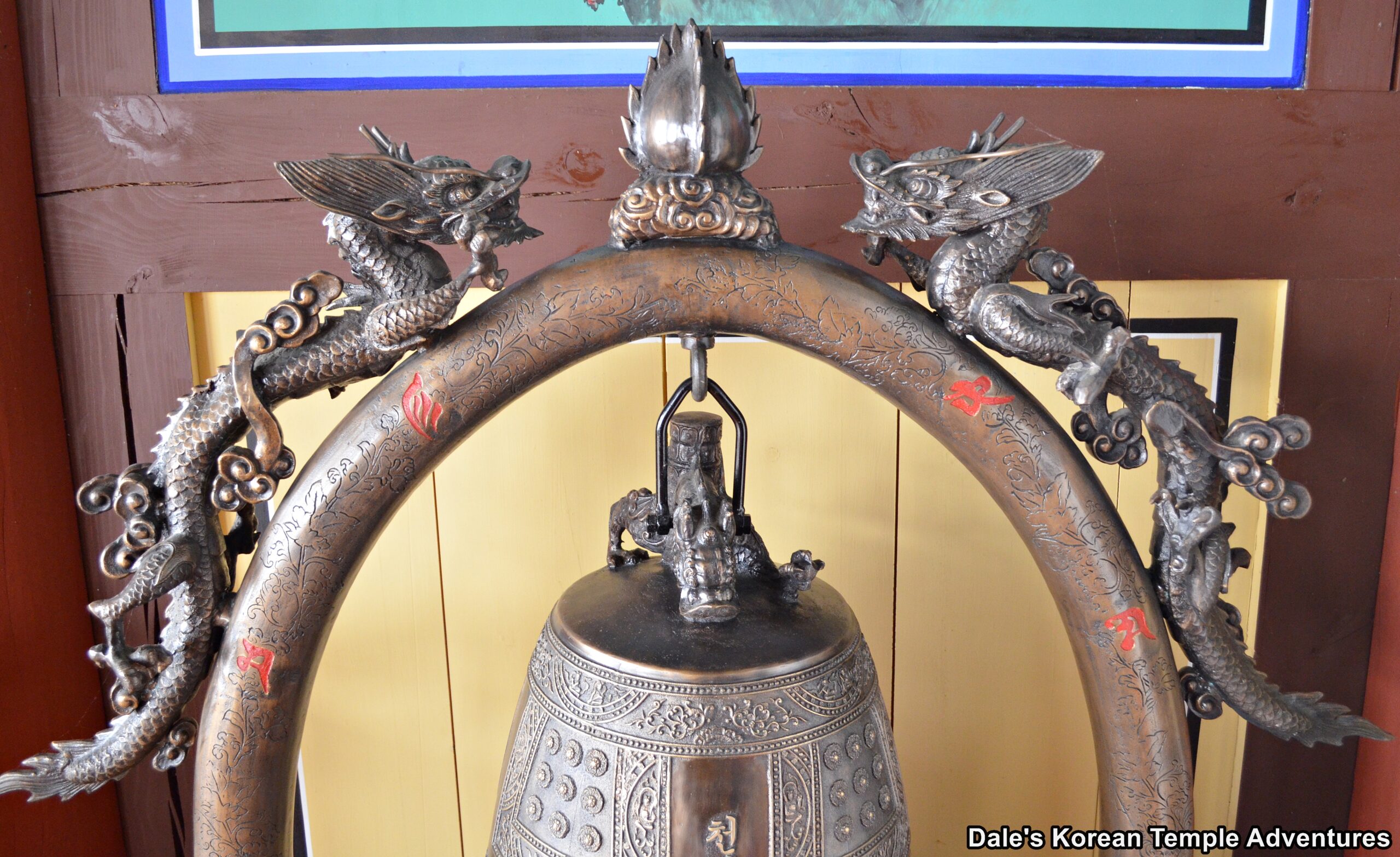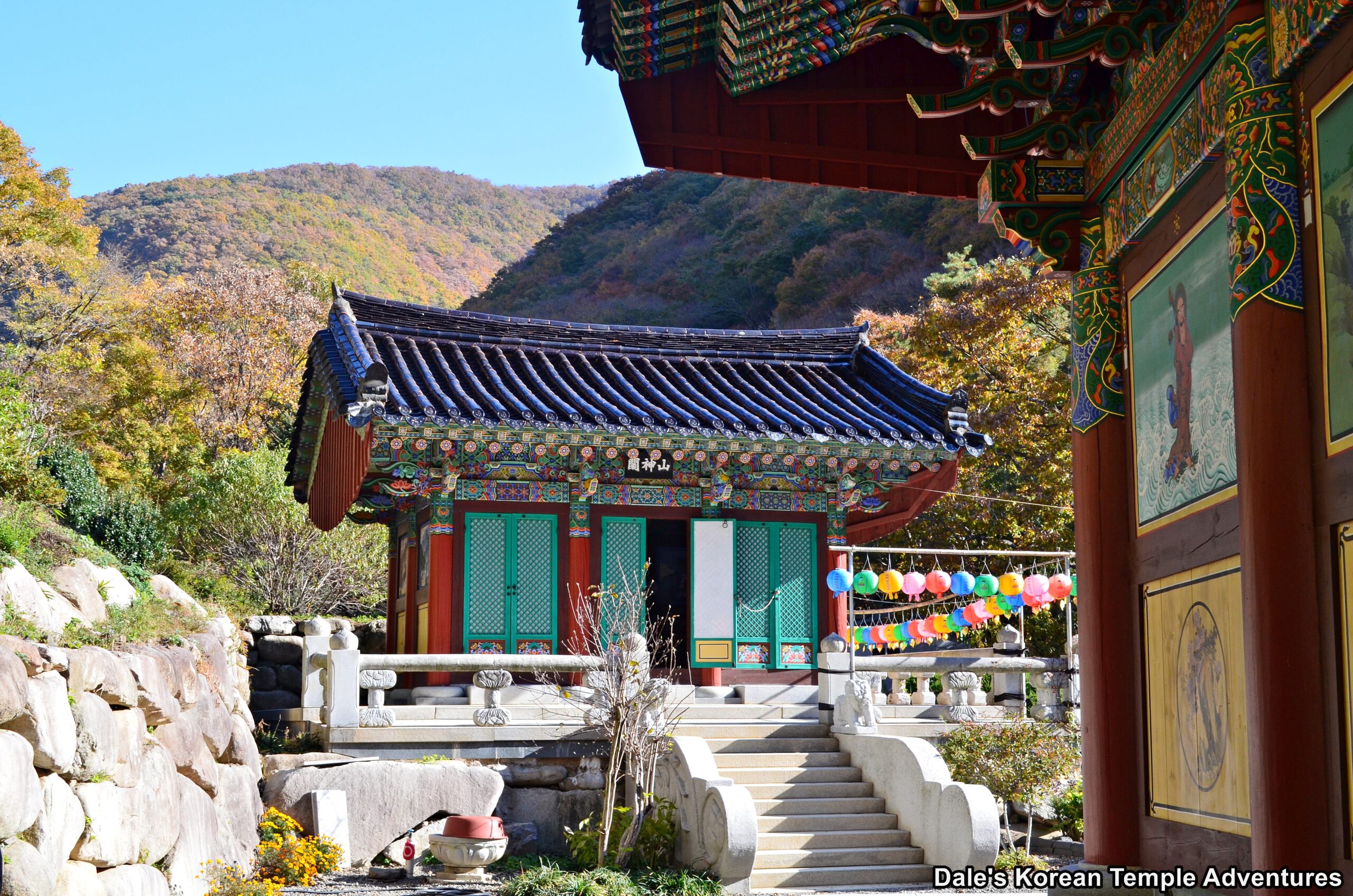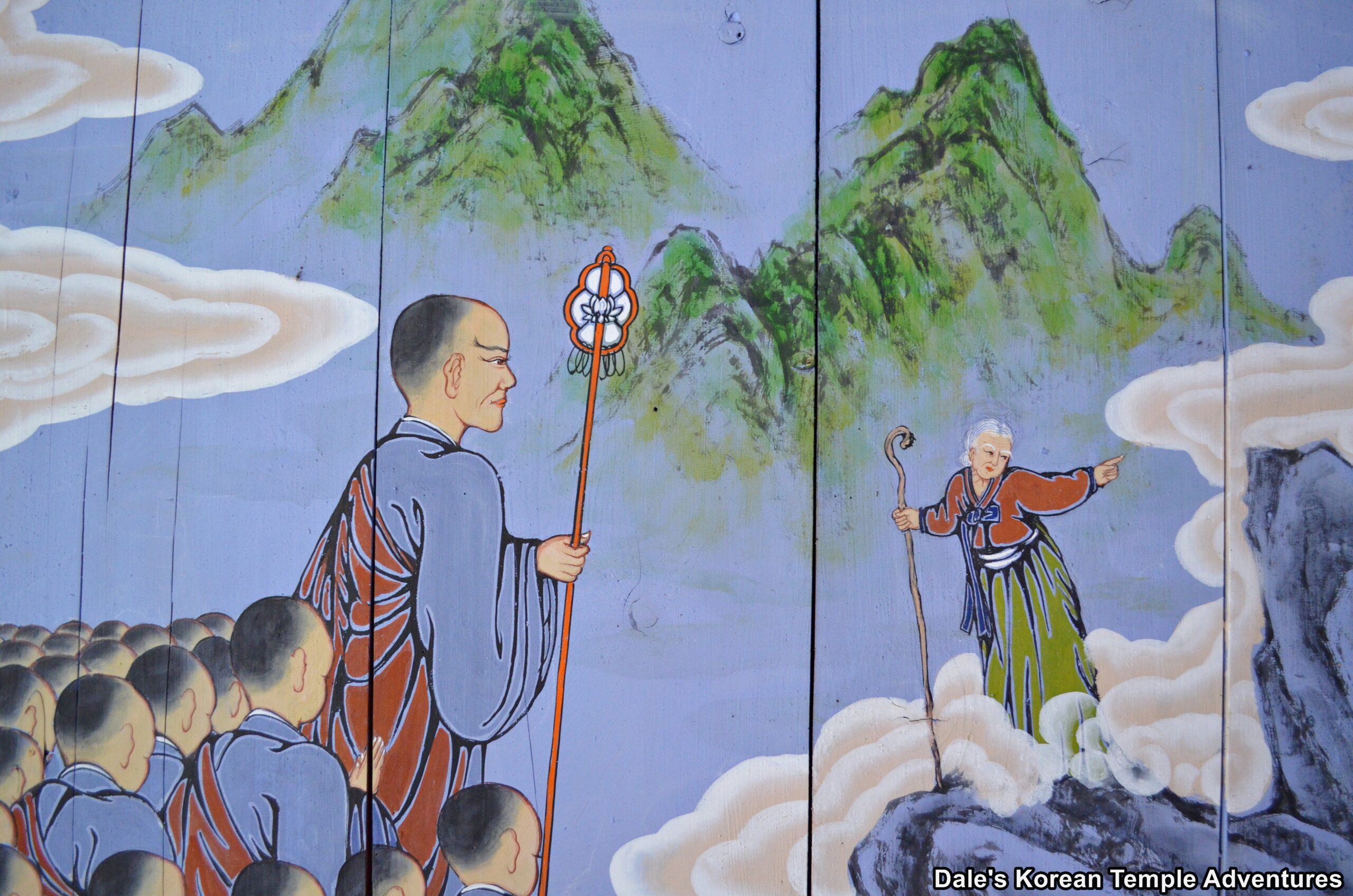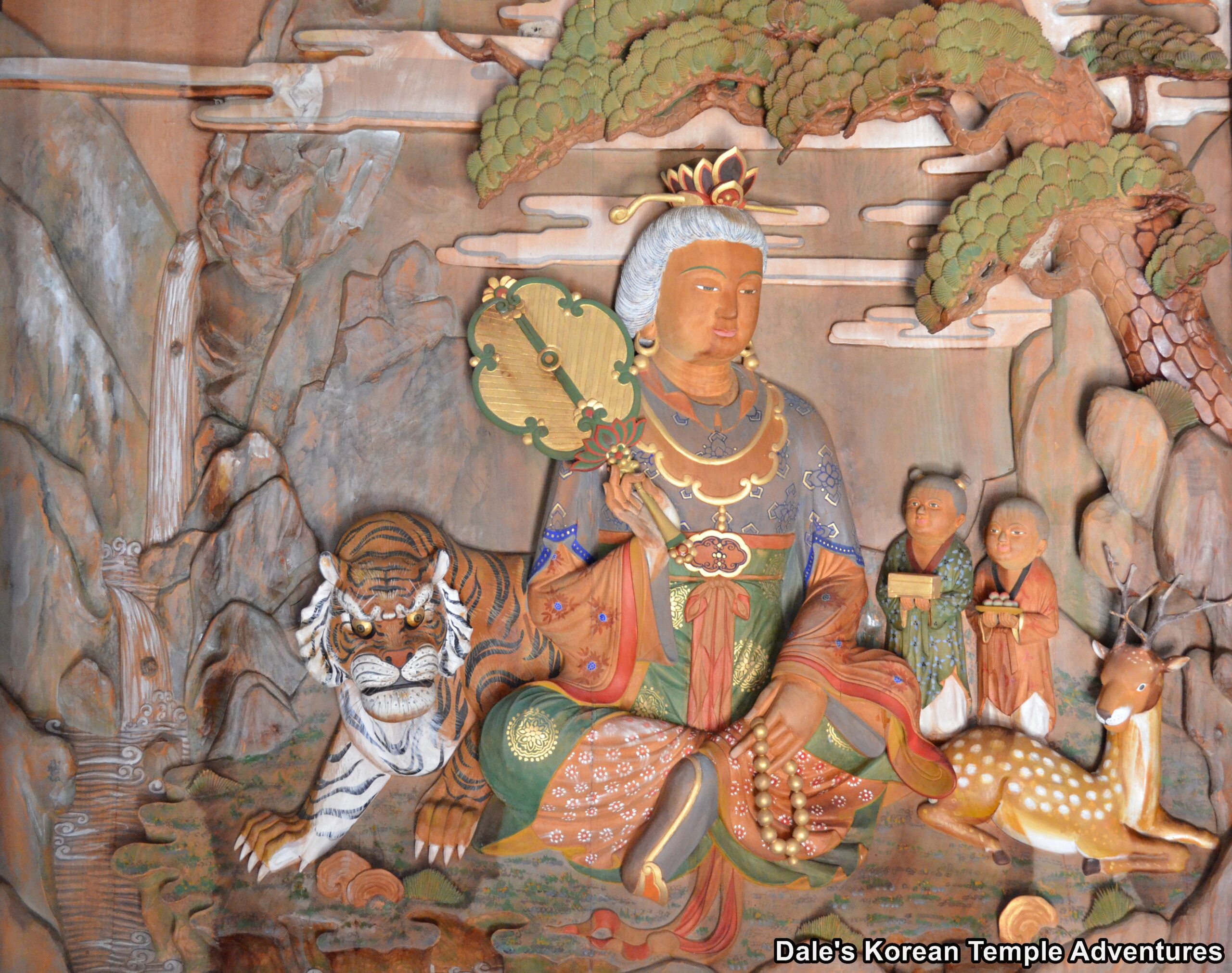Nojeonam Hermitage – 노전암 (Yangsan, Gyeongsangnam-do)

Hermitage History
Nojeonam Hermitage is located in a beautiful valley on the northwestern side of Mt. Cheonseongsan (920.1 m) in Yangsan, Gyeongsangnam-do. Nojeonam Hermitage is a hermitage for nuns. According to legend, Wonhyo-daesa (617-686 A.D.) travelled with his 1,000 disciples to this part of Korea. In total, it’s said that Wonhyo-daesa built some 89 hermitages in and around Mt. Cheonseongsan during the Silla Dynasty (57 B.C. – 935 A.D.). However, the exact date of the hermitage’s founding is unknown.
Nojeonam Hermitage was later restored during the Joseon Dynasty (1392-1910) during the reign of King Sunjo of Joseon (r. 1800-1834). It was rebuilt at this time by the monk Taehui. Originally, the hermitage was probably quite small in size. However, as Buddhism grew in popularity throughout the Korean Peninsula, the hermitage grew in size. In fact, and at one point, the hermitage was treated as a small temple.
In 1982, Nojeonam Hermitage was designated as Gyeongsangnam-do Cultural Property #202. However, and tragically in 2014, the Daeung-jeon Hall at Nojeonam Hermitage was destroyed by fire. Not only was the main hall destroyed, but the statues and paintings inside it were destroyed, as well. As a result, the designation as Gyeongsangnam-do Cultural Property #202 was removed. In more recent years, an all-new Daeung-jeon Hall has been built.
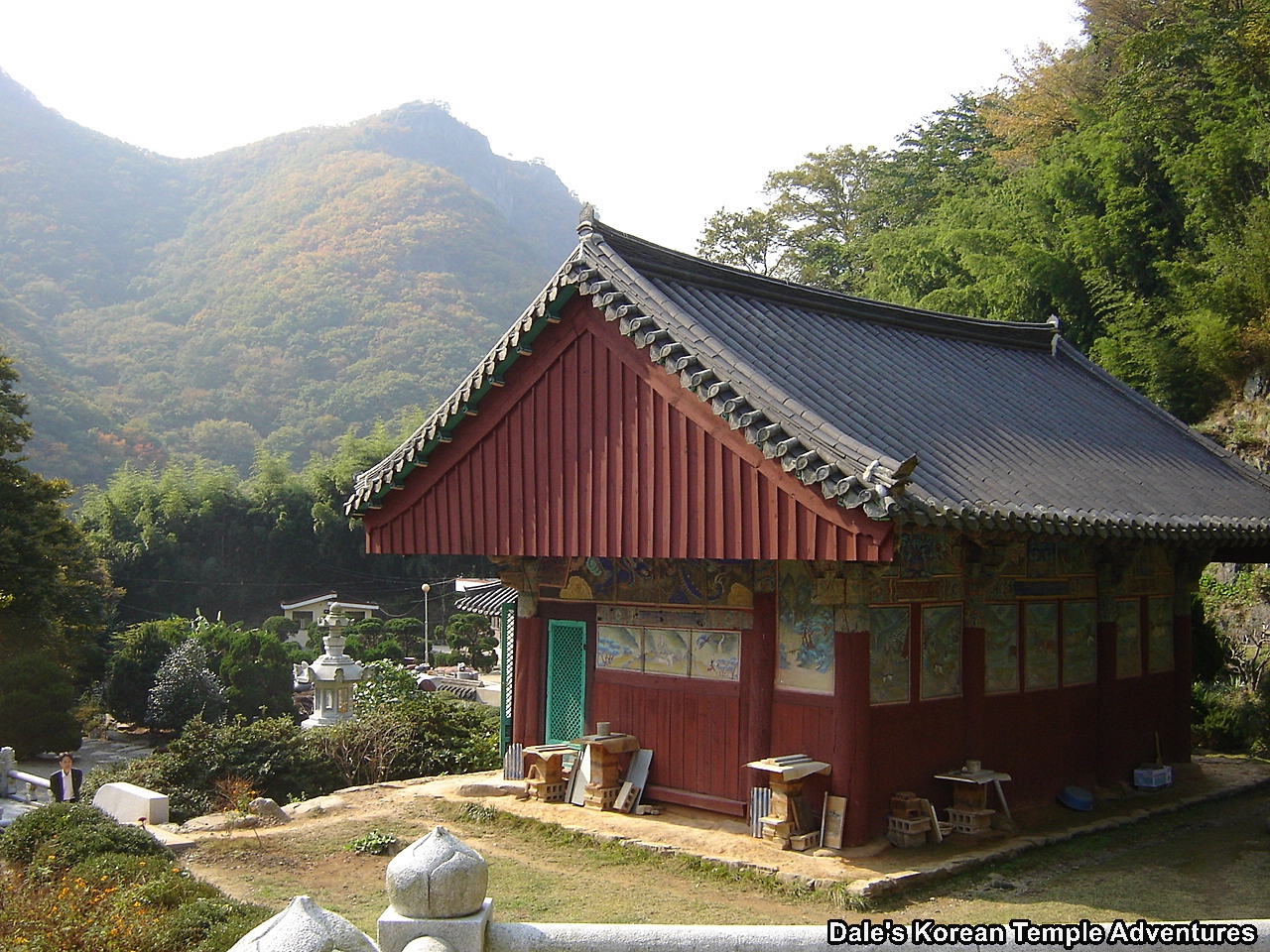
Hermitage Layout
You first make your way up to Nojeonam Hermitage up a beautiful, long valley. The trail twists and turns for about two kilometres under the peaks of Mt. Cheonseongsan. Eventually, you’ll arrive at the outskirts of the hermitage grounds. The first structure to greet you at Nojeonam Hermitage is a beautiful Iljumun Gate. The entry gate has a beautiful collection of paintings including those dedicated to Uisang-daesa (625-702 A.D.) and Wonhyo-daesa (617-686 A.D.). But perhaps the most amazing part of the Iljumun Gate are the pair of Heng and Ha (Narayeon Geumgang and Miljeok Geumgang) paintings on the front entry doors. They look out fiercely onto the world intimidating those that might want to bring harm to the hermitage.
Having passed through the Iljumun Gate, you’ll enter into the well-maintained hermitage grounds. Up an uneven set of stone stairs, you’ll find the nuns’ dorms to your left. Straight ahead of you, and past a seokdeung (stone lantern), is the newly built Daeung-jeon Hall. While the newly built Daeung-jeon Hall is beautiful, the old Daeung-jeon Hall is sorely missed. The exterior walls to the newly built Daeung-jeon Hall are adorned with various Buddhist paintings that include the Bodhidharma, Agwi (Hungry Ghosts), and Seokgamoni-bul (The Historical Buddha). You’ll also find beautiful floral paintings and twin dragon-headed fish on either side of the dark, red roof.
Stepping inside the Daeung-jeon Hall, you’ll find a beautiful new triad of statues on the main altar under a wonderfully ornate datjib (canopy). The main altar triad consists of the central image of Amita-bul (The Buddha of the Western Paradise), who is joined on either side by Gwanseeum-bosal (The Bodhisattva of Compassion) and Jijang-bosal (The Bodhisattva of the Afterlife). This is a rather odd choice, as the main hall is a Daeung-jeon Hall, which is typically dedicated to Seokgamoni-bul (The Historical Buddha). To the right of the main altar is a painting dedicated to Jijang-bosal. And to the left of the main altar you’ll find a Shinjung Taenghwa (Guardian Mural). Also in this area, you’ll find a beautiful bronze bell with a stunning double dragon bell holder that supports the weight of the smaller sized bronze bell.
Out in front of the Daeung-jeon Hall is a modern three-story pagoda. To the right of the main hall is the elevated Sanshin-gak Hall, which is dedicated to Sanshin (The Mountain Spirit). The exterior and interior walls to this shaman shrine hall are adorned with a female figure guiding a monk and his disciples. It isn’t until you look inside the Sanshin-gak Hall and look at the main altar that you’ll better understand who this older female figure is. Resting all alone on the main altar is a wood relief of a female Sanshin. The female Sanshin holds a golden fan in her right hand as a fierce tiger crotches at her side. Now that you know that this Sanshin-gak Hall houses a wood relief of a female Sanshin, you can better understand the female figure that adorns the shaman shrine hall both inside and out. These paintings illustrate the female Sanshin of Mt. Cheonseongsan guiding Wonhyo-daesa and his 1,000 disciples.
Behind the Sanshin-gak Hall, you’ll find the budowon at Nojeonam Hermitage. This budowon houses numerous budo (stupas) that contain the earthly remains of nuns that once took up residence at the hermitage.
How To Get There
To get to Nojeonam Hermitage, you’ll first need to get to the city of Yangsan. From Yangsan, you can catch bus #12-1 from the Yangsan Intercity Bus Terminal. This bus leaves every hour. From the bus terminal, you’ll ride the bus for about 20 to 30 minutes (depending on traffic) in front of the Naewonsa Temple entrance. Once here, you’ll need to walk an additional 30 minutes to the ticket booth. You can either walk the 30 minutes or take a taxi. Once you’re at the Naewonsa Temple ticket booth, instead of heading right towards Naewonsa Temple, you’ll need to head left and walk through a parking lot. Once you’re at the far end of the parking lot, and next to a washroom facility, you’ll see a green barrier fence in front of a dirt road. There’s an entrance to the right. You should head down this dirt trail for 2 kilometres until you arrive at Nojeonam Hermitage
Overall Rating: 6/10
One of the main highlights to Nojeonam Hermitage is where it’s located. In the fall, the leaves change into beautiful reds, oranges, and yellows. And in all seasons, the walk up to the hermitage is beautiful in and among the folds of Mt. Cheonseongsan. In addition to all of this natural beauty, you can also enjoy the rare wood relief dedicated to a female Sanshin (Mountain Spirit) inside the Sanshin-gak Hall. It’s tragic that the old Daeung-jeon Hall was destroyed by fire; but with that being said, they have done a great job with the new main hall.
